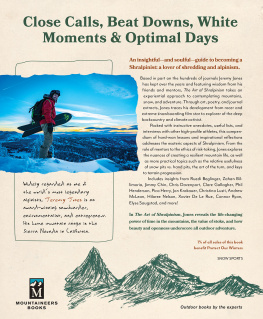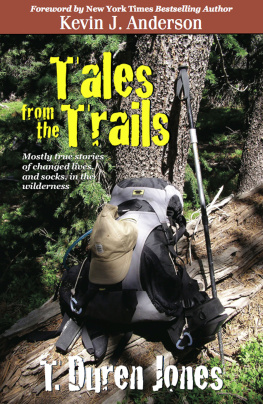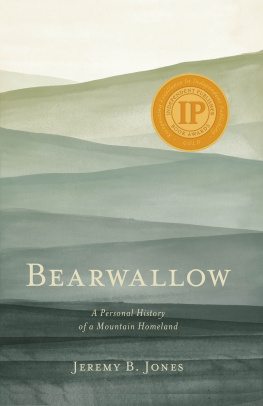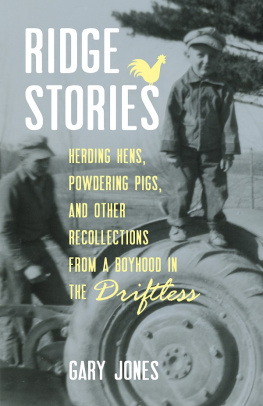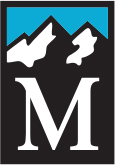LESSONS FROM THE MOUNTAINS
Jeremy Jones
MOUNTAINEERS BOOKS is dedicated to the exploration, preservation, and enjoyment of outdoor and wilderness areas.
1001 SW Klickitat Way, Suite 201, Seattle, WA 98134
800-553-4453, www.mountaineersbooks.org
Copyright 2022 by Jeremy Jones
All rights reserved. No part of this book may be reproduced or utilized in any form, or by any electronic, mechanical, or other means, without the prior written permission of the publisher.
Mountaineers Books and its colophon are registered trademarks of The Mountaineers organization.
Printed in Canada
Distributed in the United Kingdom by Cordee, www.cordee.co.uk
25 24 23 221 2 3 4 5
Editor: Chris Crossen
Copyeditor: Amy Smith
Bell Design and layout: Jen Grable
Technical illustrator: Mike Daniels
All other illustrations by Jeremy Jones
Library of Congress Control Number: 2022935918
Disclaimer: Please use common sense. This book is not intended as a substitute for professional instruction, physical training, careful planning, and/or your own good judgment. It is incumbent upon any users of this guide to assess their own skills, experience, fitness, and equipment. Readers will recognize the inherent dangers found in mountain settings and assume responsibility for their own actions and safety, including awareness of changing or unfavorable conditions and dangerous or unstable snow. Ultimately, this book contains only the personal opinions and experiences of the author, and the publisher and author are expressly not responsible for any adverse consequences resulting directly or indirectly from information contained in this book.
Mountaineers Books titles may be purchased for corporate, educational, or other promotional sales, and our authors are available for a wide range of events. For information on special discounts or booking an author, contact our customer service at 800-553-4453 or .
Printed on recycled and FSC-certified materials
with vegetable-based inks
ISBN (paperback): 978-1-68051-330-1
ISBN (ebook): 978-1-68051-331-8
Contents
Mountains should be climbed with as little effort as possible and without desire. The reality of your own nature should determine the speed. If you become restless, speed up. If you become winded, slow down. You climb the mountain in an equilibrium between restlessness and exhaustion. Then, when youre no longer thinking ahead, each footstep isnt just a means to an end but a unique event in itself. This leaf has jagged edges. This rock looks loose. From this place the snow is less visible, even though closer. These are things you should notice anyway. To live only for some future goal is shallow. Its the sides of the mountain which sustain life, not the top. Heres where things grow.
Robert M. Pirsig, Zen and the Art of Motorcycle Maintenance
Prologue
My mind is burning a hole through the blind rollover below me. Whats behind it? How steep is the face? Am I in the right spot? I stave off dry heaves with deep, controlled breaths. My snowboard is strapped to my feet, below me a 3,200-foot spine wall in Alaskas Fairweather Range. The closest town is 50 miles away. The bottom of the face is guarded by a horizontal cliffband ranging from 20 to 200 feet tall. Theres no feeling in my toes, and my boots are loose because of frozen laces.
Yesterday afternoon, my riding partner, local Alaskan Ryland Bell, and I left the comforts of base camp with the hopes of being where I am right now, at exactly this moment. So much perseverance despite a sea of doubt, the efforts to cross the bergschrund and wallow and claw our way up the couloir. Topping out at twilight, we celebrated with a hug and a cheer before digging into the side of the mountain and getting some fitful sleep.
It is the moment of truth. I crank my bindings one last time, take a final deep breath, swing my board, and let unchecked gravity take me toward the abyss. One side of my brain screams, Stop, stop, stop! while the other fights back with You got this! Hold the line! I am playing a zero-mistake game of chicken with gravity and Russian roulette with the snowpack. The descent has played out in my head a hundred times. I have planned every turn, anticipated every blind spot and every type of snow texture, but now I let go. The world becomes quiet, my focus acute but not forced. The moment takes me.
An onlooker might call me crazy. An adrenaline junkie daredevil. But they dont know the whole story. They dont know that Ive been sleeping under this peak for weeks building up to this moment. They dont see the person who is in the perfect spot to dig me out if I do get into an avalanche. They dont know that my lifes focus since I was fourteen has built up to my being here at this very moment. They dont see the young kid who dominated amateur competition, got third in his first pro race at sixteen, and kept riding just fast enough to pay some bills, travel on the world tour, and almost make the Olympics. They dont know I have two older brothers who taught me the fine art of dirtbagging and ski bumming, who called me at nineteen with the message Sell everything, bring CLIF Bars and a sleeping bag, and get up to Alaskawe have a spot in our tent on Thompson Pass.
That fateful afternoon in Alaska, when I followed my brothers track in the waning dusk over the first blind roll of my life, it didnt feel wrong, like I was willingly riding off the end of the earth to my death. I pushed through the fear and over the roll where the steepest, longest, most beautiful slope of snow lay below. In the pink light of the sunset my turns grew bigger and bigger, and I reached speeds I had only hit in a Super-G course. I was at ease and in total control.
Alaskas grasp on my life was immediate. Things that had never been done before in the mountains elsewhere could frequently be done in Alaskas stable, coastal snowpack that covered its steep, glacier-laden mountains. Within two years my brothers would start their movie company Teton Gravity Research, and my goal of being the fastest snowboarder on the World Cup circuit dissipated. My new compass heading was to push my snowboarding to new levels on the worlds best mountains and document it on film. Too many close calls too early on led to avalanche classes and a hyperfocus on risk management. We built a protocola method of mountain travel that limits riskwith the help of more experienced teammates, which enabled us to consistently find the edge, tickle it at times, but never cross it.
To understand when the portal opens so we can dance with the dragons has been my lifes focus, although my approach has slowly evolved and morphed over time as Ive gained more knowledge. When I was thirty, my career was about as solid as a pro snowboard career could be. My paycheck was based on being in snowboard movies and magazines, and I was in both, more than anyone else in the world. Most riders work all year for a single movie part, while I had just finished my most successful year ever, racking up a total of five parts. I was a master with a helicopter, where I could film a video part in three or four sunny days. But my body was breaking down, as was my mind. I had come to the edge of where I could take my snowboarding, as well as where I could take a helicopter or a snowmobile. That stagnation is the death of the brain and the antithesis of progression is a concept to which Ive always held firm: I felt that if I wasnt pushing the sport forward, then I should get out of the way so the next kid could.

